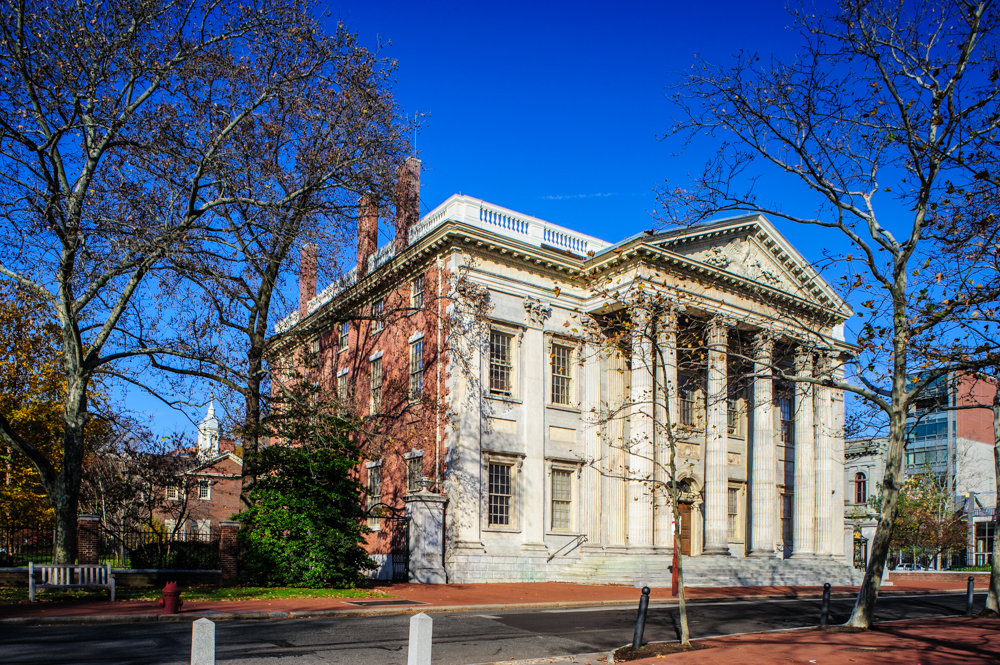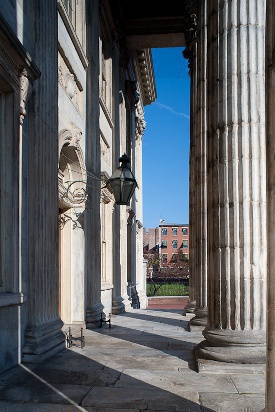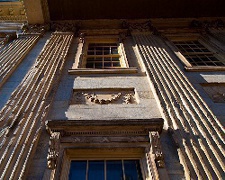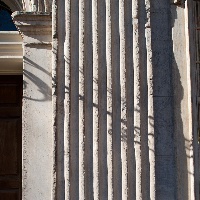Exterior
5/5
Interior
1/5
Site
2/5
History
5/5
Overall
4/5
Having just removed a King, our new country went to great lengths to build a bank elaborate enough to create an image of solidity and stability for new investors. Its formality clearly links to Roman republican ideals and values that our country felt a kinship to.
Closed




